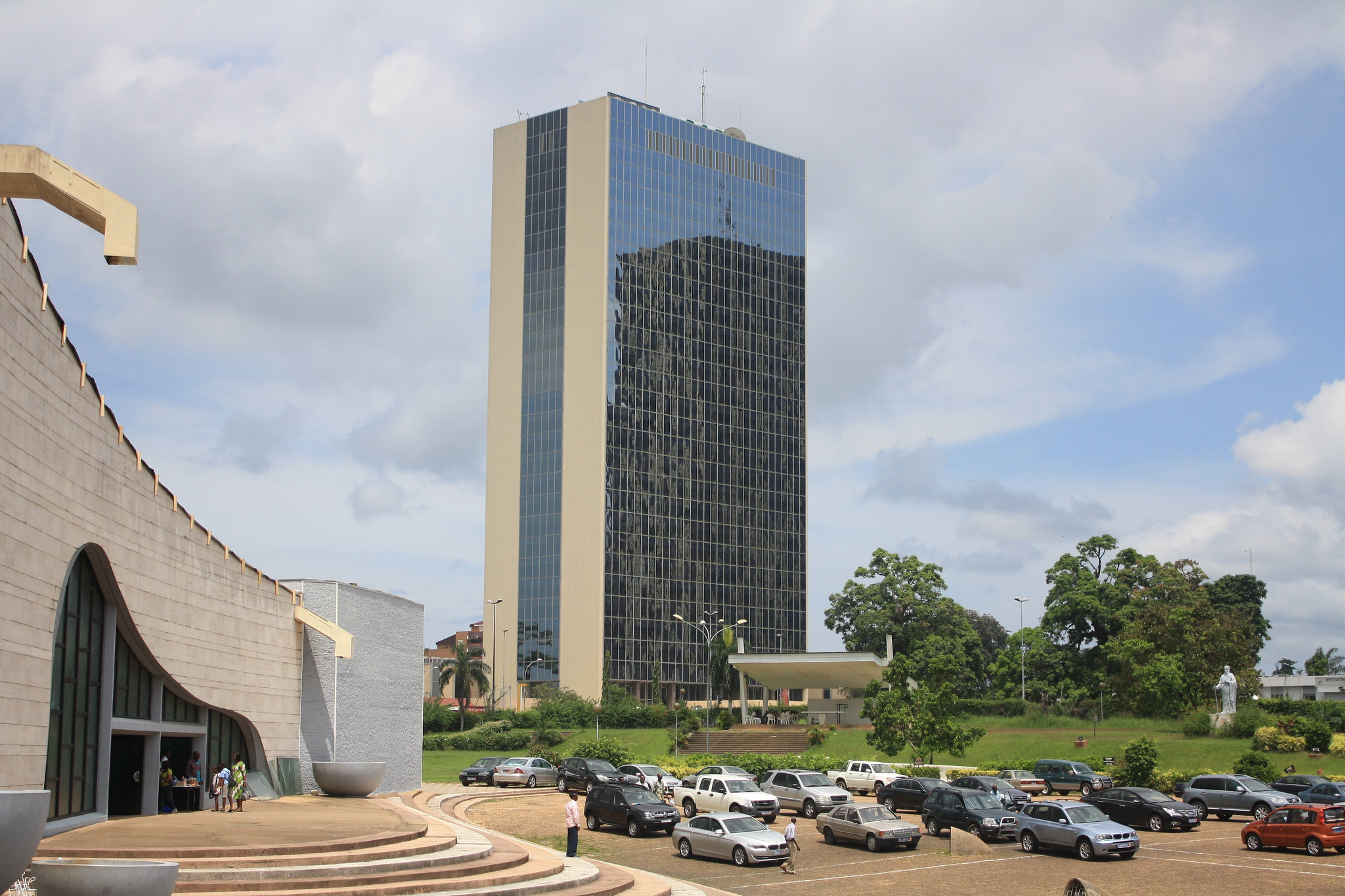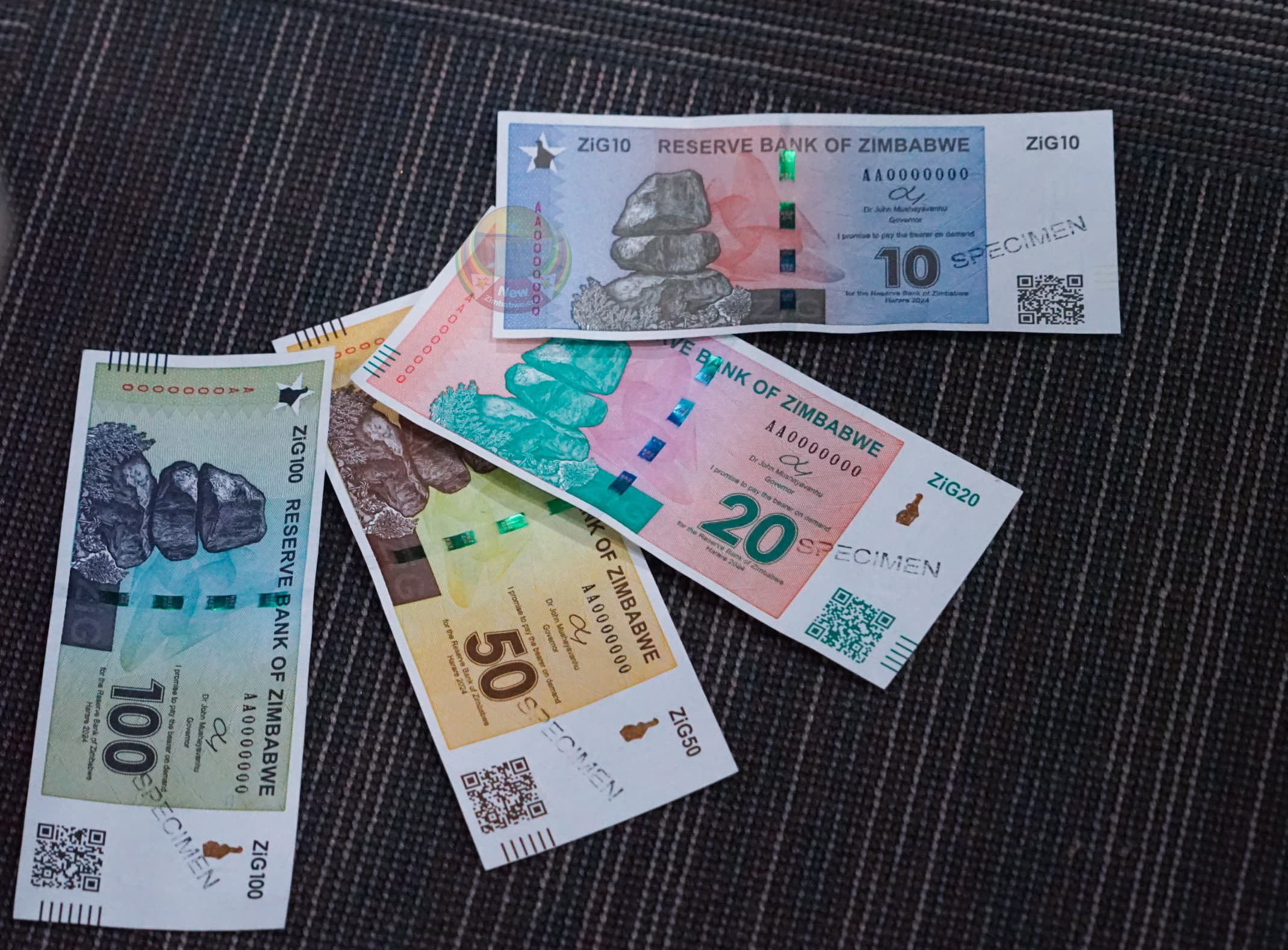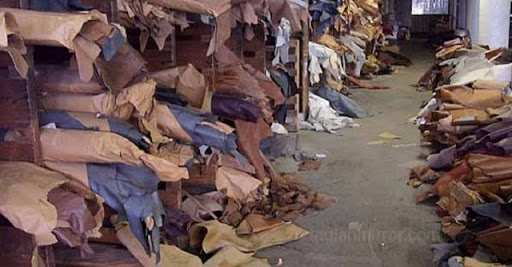Textile-leather sector shrugs off Covid-19 impact
ZIMBABWE’S textile and leather sectors have shrugged-off the adverse effects of Covid-19, recording a combined US$36 600 in profits on goods produced during the pandemic.
According to the Common Market for Eastern and Southern Africa (Comesa) update, the country’s textile and leather sector has defied the odds.
While the Covid-19 pandemic was the worst factor affecting the viability of many small and medium enterprises (SMEs) across the globe, the regional trading bloc noted in a statement that players in Zimbabwe’s textile and leather sector have remained resilient.
“The Covid-19 pandemic is the worst thing that has happened to many small-scale enterprises across the globe, but the Zimbabwe leather and textile sector has defied the odds,” said Comesa.
“Two clusters, one dealing with leather and the other in textiles have recorded over US$36 600 in profits on goods produced during the Covid-19 era.”
Zimbabwe’s textile cluster is largely located in Chitungwiza while the leather cluster is located in Bulawayo. Comesa said the two clusters managed to withstand the pandemic effects partly by changing tack and producing essential products needed to mitigate the impact of the pandemic such as face masks.
The trading bloc said this was in addition to their customary school uniforms and sportswear.
“The textile cluster was supported by the Comesa Adjustment Facility (CAF), Regional Integration Support Mechanism (RISM), which is funded by the European Union.
“In the first phase of the funds’ disbursement, Zimbabwe got €4,2 million through a grant agreement signed in September 2014 between the Government and Comesa,” it said.
At the onset of the coronavirus pandemic, the textile cluster switched to manufacture products which required readily available raw materials and personal protective products.
“In the majority of cases, the customers would provide the materials with the clusters doing the manufacturing.
“The total value of textile produced during the period is estimated at US$16 600. The cluster also managed to train eight people in tailoring (five female and three male) who are still under apprenticeship,” said Comesa.
Despite the various challenges, the pandemic has created a unique demand for local textile products, said the trading bloc.
The clusters are, therefore, expecting an increase in its business orders from schools across the country.
“The leather cluster has also continued to thrive, producing an array of products ranging from formal shoes, school shoes, sandals and leather belts.
“Within the pandemic period, the cluster has produced goods worth US$20 000 with Namibia being one of the export destinations for school shoes,” said the trading bloc.
Comesa is a 21-member trading bloc comprising among others, Namibia, Zambia, Lesotho, Zimbabwe, Swaziland, Kenya, Djibouti, Madagascar, Rwanda and Ethiopia with population of over 583 million a Global Domestic Product of US$805 billion, a global export/import trade in goods worth US$ 324 billion.
The bloc forms a major market place for both internal and external trading. —chronicle.cl.zw











